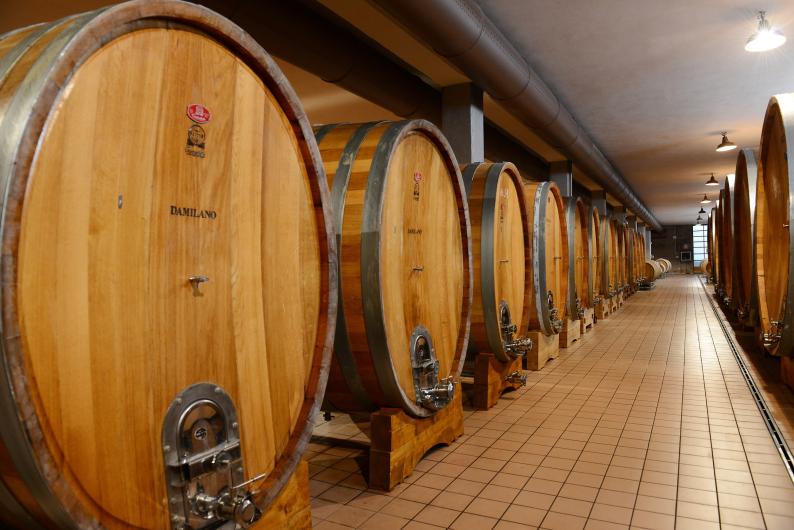Damilano
Barbera d'Asti
Damilano
Barbera d'Asti
Damilano is one of the oldest wineries in Barolo. The family business dates back to 1890 when Giuseppe Borgogno started cultivating and producing wine from the grapes from his own vineyards. In 1935, Borgogno’s son-in-law, Giacomo Damilano, took over the operation, giving the winery its name and significantly improving the quality of both the vinification system and the vineyards, turning the winery into a “jewel” of the Langhe area. In 1997, Giacomo passed the winery on to his grandchildren, Paolo, Mario and Guido. Together, they are working to keep and improve the level of the quality of the Damilano wines.
Tasting Notes
Intense purple-red in color, the bouquet is fruity with light spicy notes. On the palate, hints of currant, violet, and cherry with a touch of vanilla, with a long and persistent finish.
Food Pairing
Pairs well with first courses, red meats and aged cheeses.
Damilano is one of the oldest wineries in Barolo. The family business dates back to 1890 when Giuseppe Borgogno started cultivating and producing wine from the grapes from his own vineyards. In 1935, Borgogno’s son-in-law, Giacomo Damilano, took over the operation, giving the winery its name and significantly improving the quality of both the vinification system and the vineyards, turning the winery into a “jewel” of the Langhe area. In 1997, Giacomo passed the winery on to his grandchildren, Paolo, Mario and Guido. Together, they are working to keep and improve the level of the quality of the Damilano wines.
Tasting Notes
Intense purple-red in color, the bouquet is fruity with light spicy notes. On the palate, hints of currant, violet, and cherry with a touch of vanilla, with a long and persistent finish.
Food Pairing
Pairs well with first courses, red meats and aged cheeses.
Brand Materials
Vineyard & Production Info
Winemaking & Aging
Analytical Data
About the Vineyard
Monferrato is noted as the place where Barbera was born. The province of Asti with the relative DOCG Barbera d'Asti. It is a low hill system, including mostly between 150 and 400 meters of altitude, characterized by a temperate or warm-temperate climate, slightly windy and with an average annual rainfall around 700 mm. Barbera grows well in the clayey, deep and not very fertile soils.






